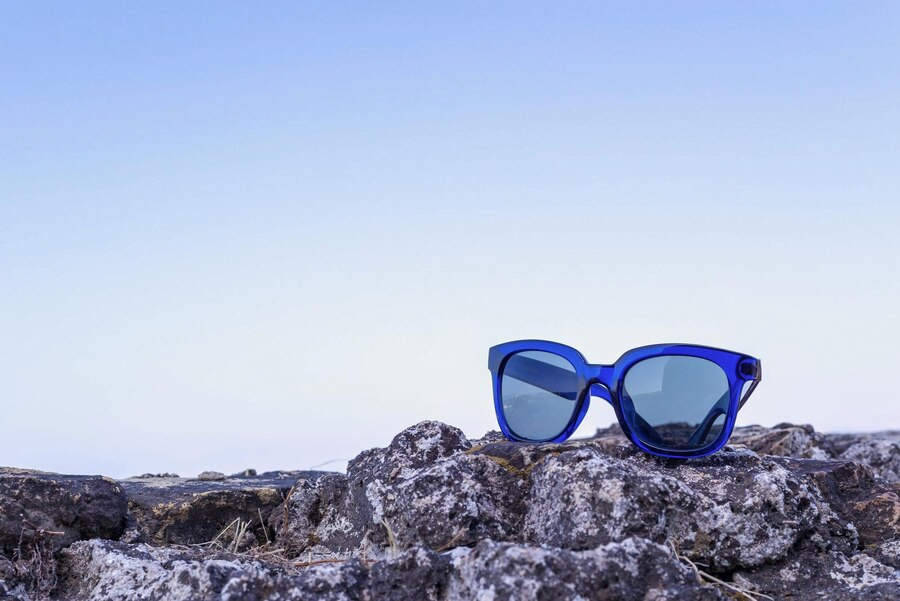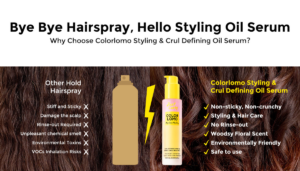Ever wondered why some sunglasses seem to make everything look crisper and glare-free? That’s the magic of polarized sunglasses. Unlike regular shades, polarized lenses have a special filter that blocks intense reflected light, reducing glare and enhancing visual clarity.
I remember the first time I tried on a pair of polarized sunglasses.
The difference was like night and day, especially while driving or spending time near water. If you’ve ever squinted through the blinding reflection off a car hood or the surface of a lake, you’ll appreciate how these lenses can make your outdoor experiences much more comfortable.
What Are Polarized Sunglasses?
Polarized sunglasses enhance vision by reducing glare and improving clarity. They are essential for those who spend time outdoors.
The Science Behind Polarization
Polarized lenses contain a special filter that blocks intense reflected light. Polarized lenses, unlike regular lenses, allow only vertical light waves to pass through. Horizontal light waves, which cause glare, are absorbed, reducing eye strain and improving visibility. This technology is especially beneficial around surfaces that reflect a lot of light, like water, snow, and glass.
Benefits of Polarized Lenses
Polarized lenses provide numerous advantages:
- Enhanced Visual Clarity: Polarized lenses enhance contrast and clarity, making it easier to see details.
- Reduced Eye Strain: By blocking glare, these lenses reduce the need for squinting and decrease eye fatigue.
- Improved Safety: Polarized lenses increase visibility, making activities like driving and boating safer.
- Comfortable Outdoor Experiences: Whether hiking, fishing, or skiing, polarized sunglasses offer a more comfortable visual experience.
The science and benefits of polarization make these lenses a vital accessory for outdoor enthusiasts.
How Do Polarized Sunglasses Work?
Polarized sunglasses improve visual clarity by filtering intense reflected light. They allow only certain light waves to pass through, enhancing outdoor experiences.
Filtering Horizontal Light Waves
Polarized lenses block horizontal light waves, which cause glare. Glare originates from surfaces like water, snow, and roads, reflecting intense light that can impair vision. By allowing only vertical light to enter, these lenses reduce glare and improve appearance. Fishermen, skiers, and drivers benefit from this reduction, which enhances safety and visual comfort.
Enhancing Visual Clarity and Comfort
Polarized sunglasses enhance visual clarity by reducing glare and eye strain. Clear vision helps in various activities, making it simpler to see details and contrast. This is vital for anyone engaging in activities like skiing, fishing, or hiking. Reducing eye strain also means less fatigue, especially during prolonged outdoor exposure. These lenses provide not just protection but also comfort, making outdoor activities more enjoyable.
Comparing Polarized vs. Non-Polarized Sunglasses
Polarized sunglasses have gained popularity for their ability to reduce glare and enhance visual clarity. Comparing them with non-polarized sunglasses highlights key differences in performance and usage.
Visual Comparison
Polarized lenses filter intense reflected light, allowing only vertical light waves to pass through. This significantly reduces glare from surfaces like water and snow. Non-polarized lenses, by contrast, allow all light waves to enter the eyes, which can result in increased glare and decreased clarity in reflective environments.
With polarized sunglasses, I notice a marked improvement in contrast and detail. Colors appear more vibrant, and objects become clearer, enhancing my overall visual experience. Non-polarized sunglasses, on the other hand, offer standard UV protection but do not provide the same level of enhancement in visual performance.
Situational Usage
In various situations, polarized sunglasses offer distinct advantages. While driving, polarized lenses reduce glare from wet roads and car hoods, improving safety and comfort. Non-polarized sunglasses, although helpful in reducing general brightness, do not tackle glare effectively.
During outdoor activities like fishing, skiing, and boating, polarized sunglasses excel. They reduce glare from water, snow, and other reflective surfaces, allowing me to see beneath the water’s surface or tracks in the snow. Non-polarized sunglasses fail to provide this benefit, making them less effective in these conditions.
For everyday casual wear, non-polarized sunglasses might suffice if my primary concern is UV protection. However, for enhanced visual clarity and reduced glare during specific activities, polarized sunglasses are superior.
Popular Uses of Polarized Sunglasses
Polarized sunglasses excel in reducing glare, making them ideal for various activities. Here are some popular uses where they provide significant benefits.
Driving
Polarized sunglasses enhance road visibility. Glare from car hoods and pavement can lead to eye strain or accidents. I find that polarized lenses reduce this blinding light and sharpen my vision. While driving on sunny days or during dawn and dusk, these lenses improve contrast and make it safer.
Water Sports and Fishing
In water sports, polarized sunglasses cut through the surface reflection. This helps in seeing beneath the water, valuable for activities like fishing. When I wear polarized sunglasses, I notice a reduction in water glare, which allows for better spotting of fish and underwater obstacles. Enthusiasts in boating, jet skiing, and kayaking benefit greatly from the improved visual clarity.
Outdoor Activities
For outdoor activities, polarized sunglasses provide distinct advantages. Hiking, cycling, and beach outings are more enjoyable with less glare. When I’m hiking, they help see the path more clearly by reducing glare from rocks and puddles. Polarized lenses also enhance the experience of winter sports like skiing and snowboarding, making terrain changes more visible under bright sun.
Choosing the Right Polarized Sunglasses
Selecting the best polarized sunglasses involves considering various factors, from lens quality to style compatibility. Specific considerations can lead to a better-informed decision and a more satisfying purchase.
Factors to Consider
- Lens Quality: High-quality lenses offer better UV protection and durability. Look for lenses with 100% UV protection to safeguard your eyes from harmful rays.
- Frame Material: Lightweight materials like polycarbonate or nylon ensure comfort during prolonged use. Some frames offer flexibility and impact resistance.
- Fit and Comfort: Ensure sunglasses fit well without being too tight or loose. Adjustable nose pads and temple grips can enhance comfort.
- Lens Color: Different lens colors provide varying advantages. Gray lenses maintain natural color balance, while brown lenses improve contrast and depth perception.
- Coating and Scratch Resistance: Coating technologies like anti-reflective and hydrophobic layers add functional benefits. Scratch-resistant coatings increase longevity.
- Price Point: Balance between quality and budget to find sunglasses that provide value without compromising essential features.
- Ray-Ban: Known for superior build quality and classic styles, models like the Ray-Ban RB2132 New Wayfarer provide excellent glare reduction.
- Maui Jim: Renowned for advanced polarization technology, models like the Maui Jim Peahi offer high clarity and vibrant color enhancement.
- Oakley: Offers sporty designs and durable frames. The Oakley Flak 2.0 XL combines impact resistance with superior polarized lenses.
- Costa Del Mar: Popular among anglers, models like the Costa Fantail provide excellent glare reduction on the water.
- Smith Optics: Known for integrating technology and style, the Smith Guide’s Choice model delivers enhanced polarization and comfort.
Choosing the right polarized sunglasses involves considering lens quality, frame material, fit, comfort, lens color, coatings, and price. Quality brands like Ray-Ban, Maui Jim, Oakley, Costa Del Mar, and Smith Optics offer reliable options.
Conclusion
Polarized sunglasses offer unparalleled glare reduction and visual clarity, making them an essential accessory for outdoor enthusiasts. Whether you’re fishing, skiing, or just enjoying a sunny day, the right pair of polarized sunglasses can significantly enhance your experience.
When choosing a pair, consider factors like lens quality, frame material, and comfort to ensure you get the best performance. Brands like Ray-Ban, Maui Jim, Oakley, Costa Del Mar, and Smith Optics are excellent starting points for finding high-quality polarized sunglasses tailored to your needs.
Investing in a good pair from Low Cost Glasses will not only protect your eyes but also elevate your outdoor adventures











Be First to Comment